Years ago, I realized the benefits of tallow for skin health. Although the DIY tallow lotion bars were popular in our household, I desired a softer texture. This led to the creation of this nourishing whipped tallow balm, ideal even for those with sensitive skin.
I love the silky, smooth feeling it gives my skin. Its natural ingredients make me feel comfortable using it with my kids as well. I saw a remarkable improvement in my son’s eczema scars after using tallow. Discover the advantages of tallow balm, its uses, and how you can make it yourself!
Advantages of Tallow Balm
Tallow balm stands out among moisturizers and lotions containing plant oils. It’s derived from animal fat (typically beef, though mutton can also be used), which undergoes rendering and purification. This process is similar to how lard is made from pigs. The best beef tallow comes from grass-fed suet or leaf fat, situated around the kidneys.
Being animal-based, tallow nourishes and absorbs into our skin exceptionally well. It’s suitable for various skincare purposes, like soap, lip balm, and salves. Tallow balm addresses dry skin, eczema, and signs of aging, making it suitable for all ages, from babies dealing with eczema or diaper rash onwards. You can learn more about the skin benefits and applications of tallow.
Ingredients for Tallow Balm
You can apply plain tallow directly to the skin, but its firmness makes it difficult to spread. A better option is to create tallow balm using a mix of tallow and liquid oils, making it easier to apply while offering the benefits of both.
Some people incorporate ingredients like shea butter, coconut oil, or jojoba oil. I prefer keeping it simple, mainly using extra virgin olive oil, along with a small amount of rosehip seed oil. The astringent nature of rosehip helps tallow assimilate better and adds incredible skin healing effects. This anti-aging rosehip facial moisturizer is popular with readers!
Often with balms and salves, beeswax is added for thickness, but it’s unnecessary with tallow. Adding favorite essential oils is optional, though frankincense, chamomile, and lavender are good choices.
The recipe results in a texture similar to whipped body butter, though you can skip whipping if you prefer a salve-like texture. Personally, I favor the whipped version.
Where to Obtain Tallow
Have I convinced you of tallow’s skin benefits, but you’re unsure where to find it? You might locate high-quality, grass-fed beef tallow from a nearby farmer. Alternatively, I purchase tallow online here.
Rendered tallow typically appears off-white and may possess a beefy scent. Further purification eliminates the odor, producing a snow-white color.
Purification Process for Tallow
For cooking or soap-making, the scent isn’t prominent enough to be a concern. However, skincare products require purified tallow. Here’s a guide to purifying tallow, or access a tutorial on rendering your own tallow here.
- Mix rendered tallow, 4-8 cups of water, and 3 tablespoons of salt in a crockpot. Adjust water volume based on the tallow amount.
- Set to low and let it simmer for around an hour.
- Strain the hot liquid into a large bowl using a fine mesh sieve lined with paper towels or a clean tea towel.
- Let the bowl cool in the fridge until firm.
- Remove the solid block from the salt water, flip it over, and remove any brown residue.
- Repeat the procedure if needed.
- Dry tallow at room temperature to ensure all water evaporates, preventing mold.
Once the tallow is purified, you’re ready to craft your tallow balm!
Whipped Tallow Balm Recipe
This smooth tallow balm is excellent for dry skin and various skin irritations, suitable for all ages!
Prep Time: 2 mins
Active Time: 10 mins
Cooling Time: 30 mins
Total Time: 42 mins
Yield: 6 ounces
Author: Katie Wells
Instructions:
- Melt tallow over low heat using a double boiler.
- Once liquified, stir in olive oil.
- Remove from heat, then add essential oils and rosehip seed oil if desired.
- Pour the tallow balm into a glass container and cool it in the fridge to set.
Whipped Tallow Balm Version:
- Pour balm into a mixing bowl instead of a jar before refrigerating. Allow it to solidify until firm but still soft.
- Use a stand or hand mixer to whip the tallow balm. If too hard, let it soften at room temperature before whipping.
- Transfer into a glass jar for storage.
Notes:
- Shelf Life and Storage: Store at room temperature away from direct light and heat. It should last several months if preserved properly.
- The recipe uses a 1% essential oil dilution. For children aged 6 months to 3 years, reduce essential oils to 7 drops (.25%) or omit.
If you’d rather not make it, Toups & Co Organics offers excellent tallow balms loved by my family.
Have you tried using tallow on your skin? Share your preferred use in the comments!


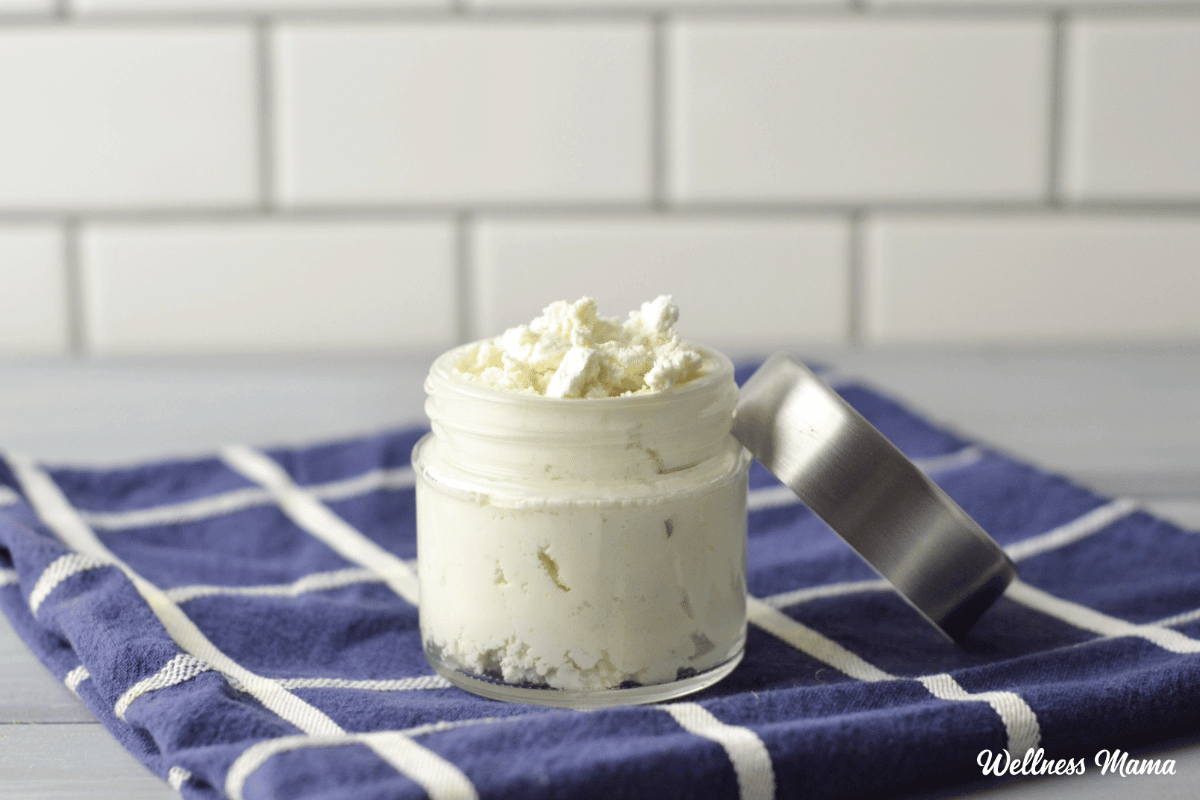
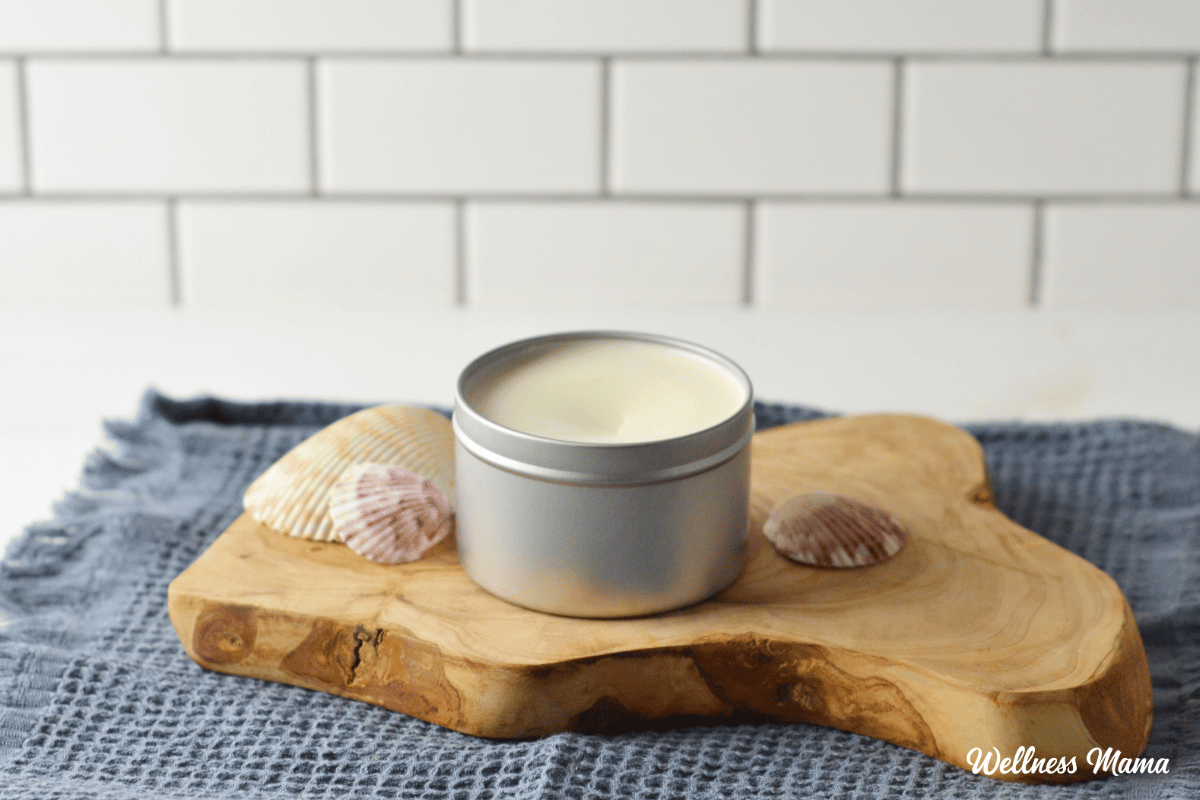
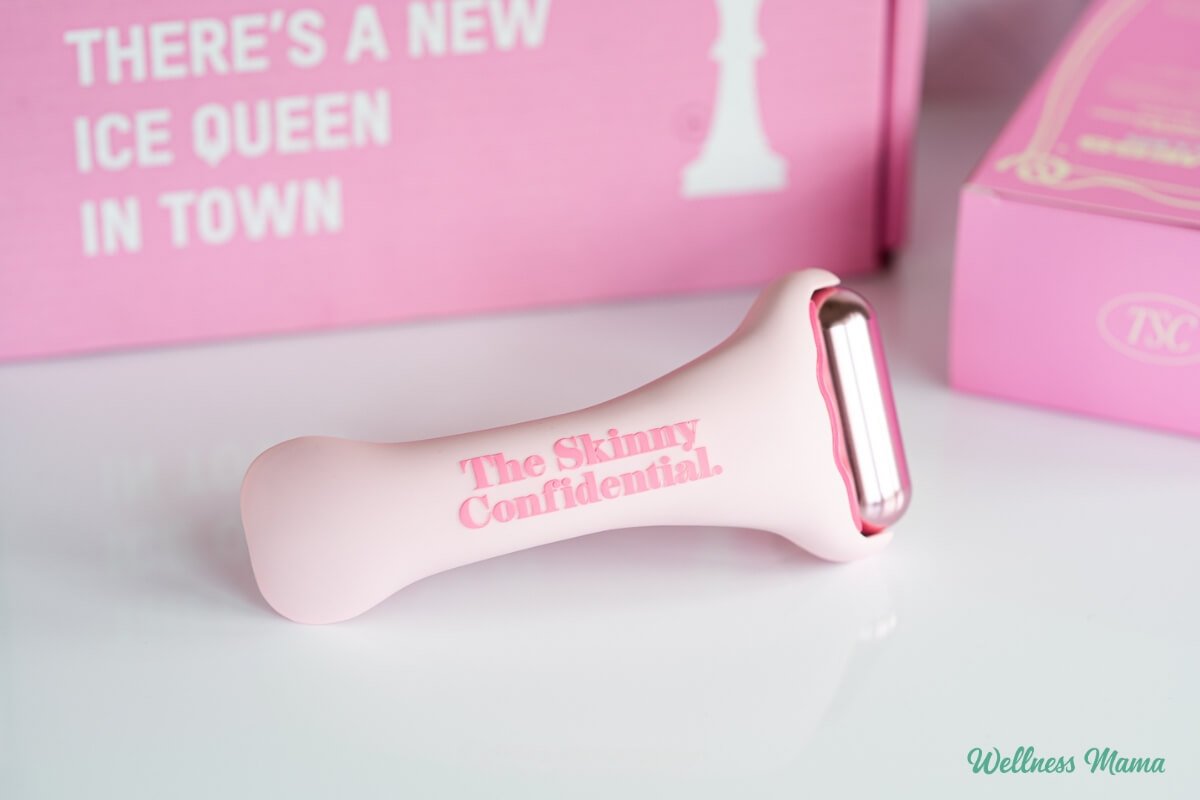
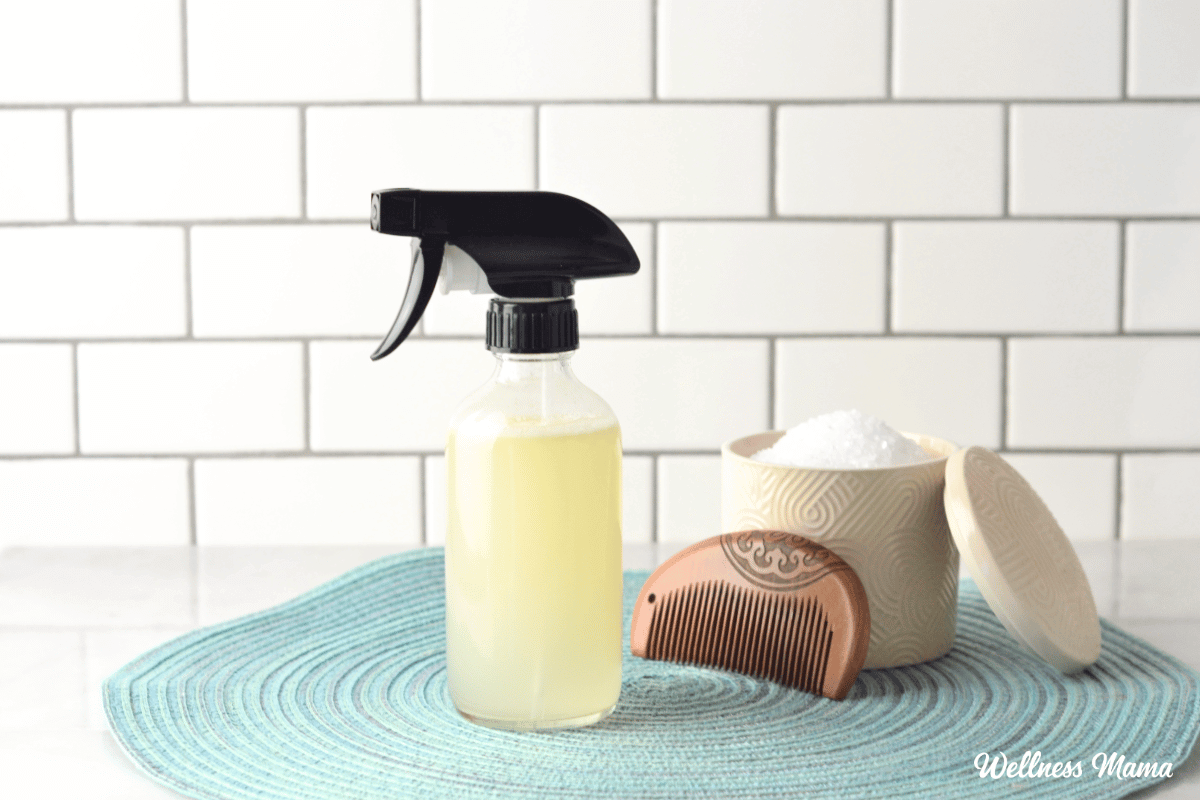
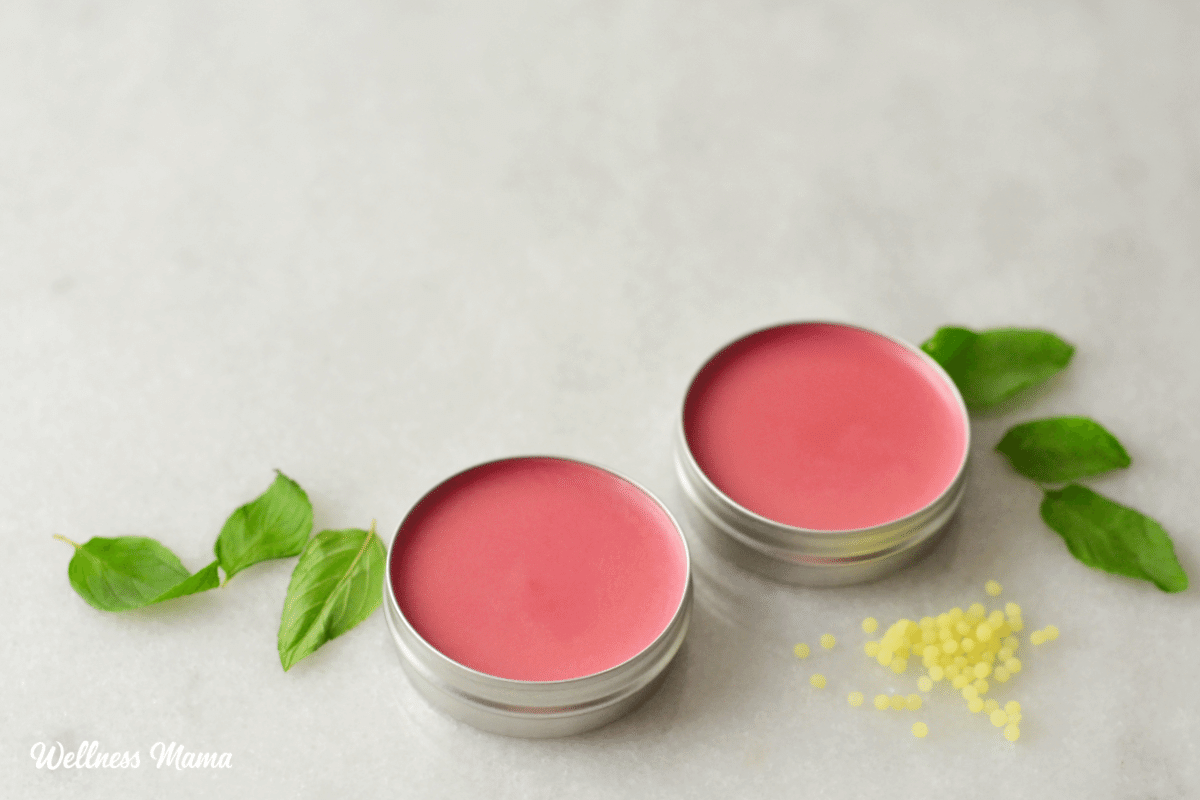
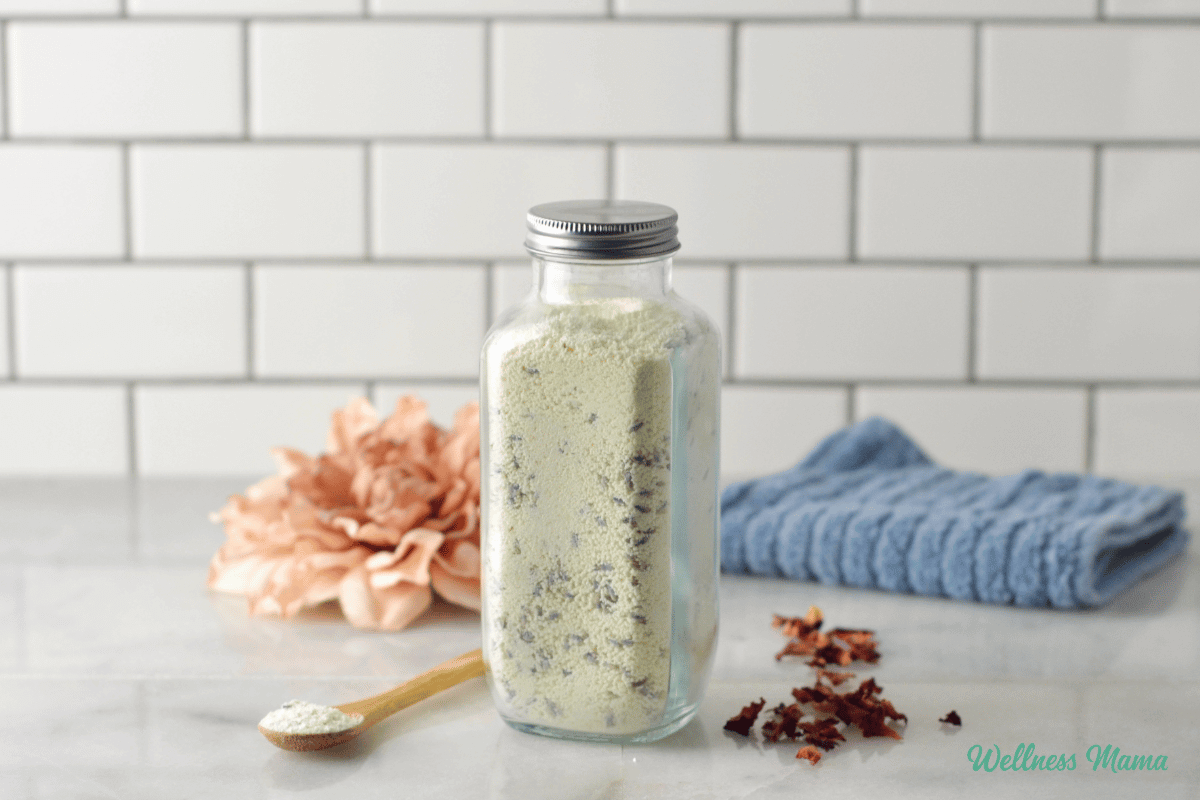

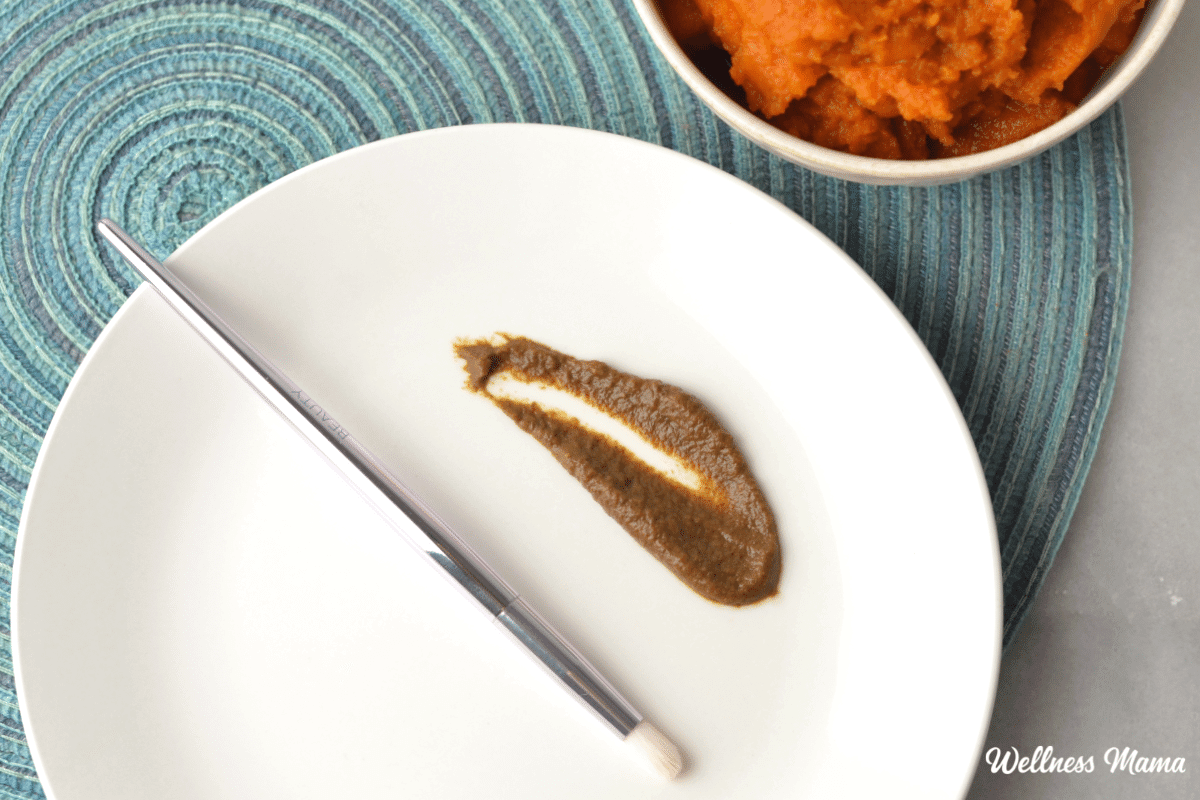


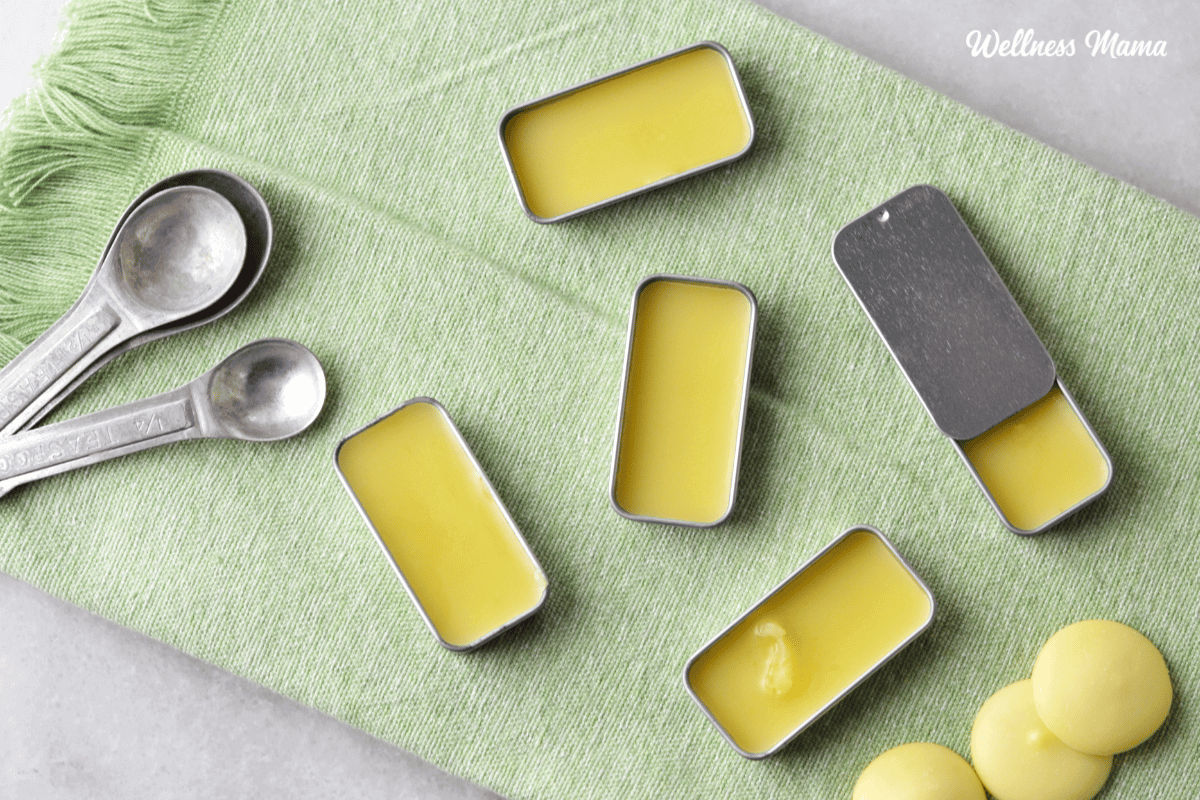

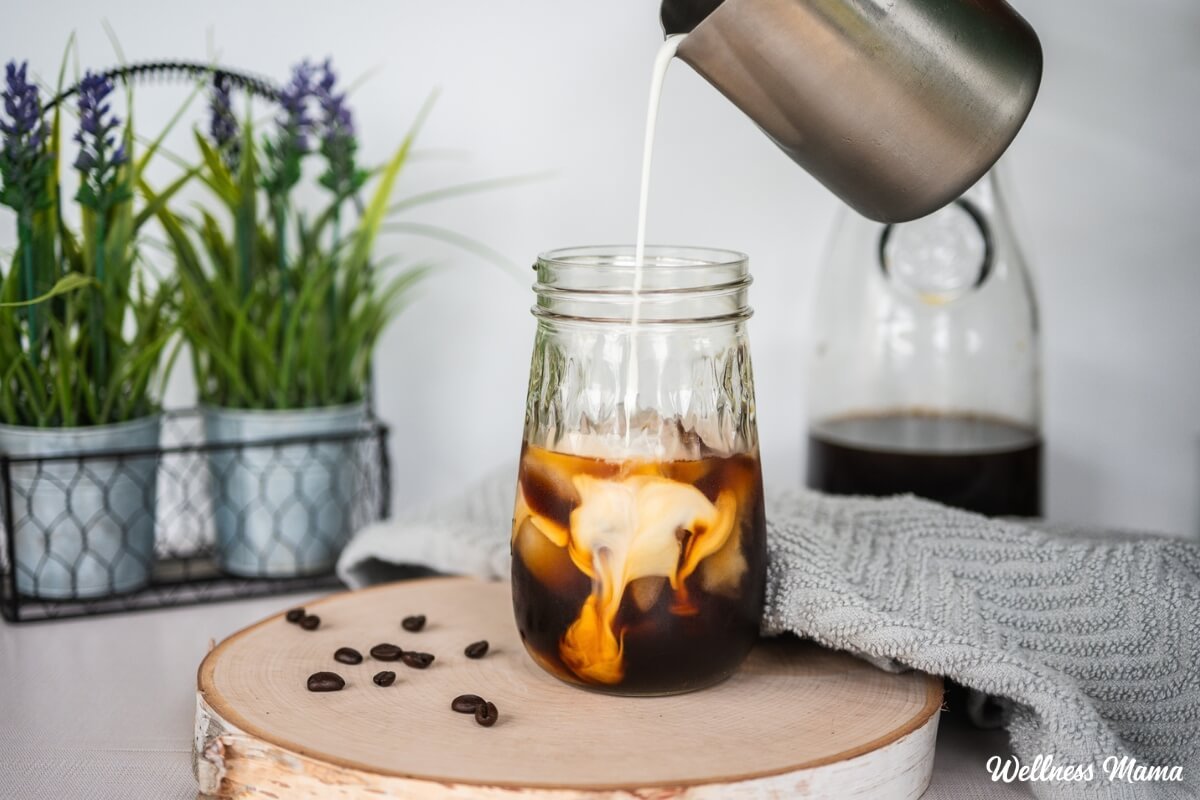
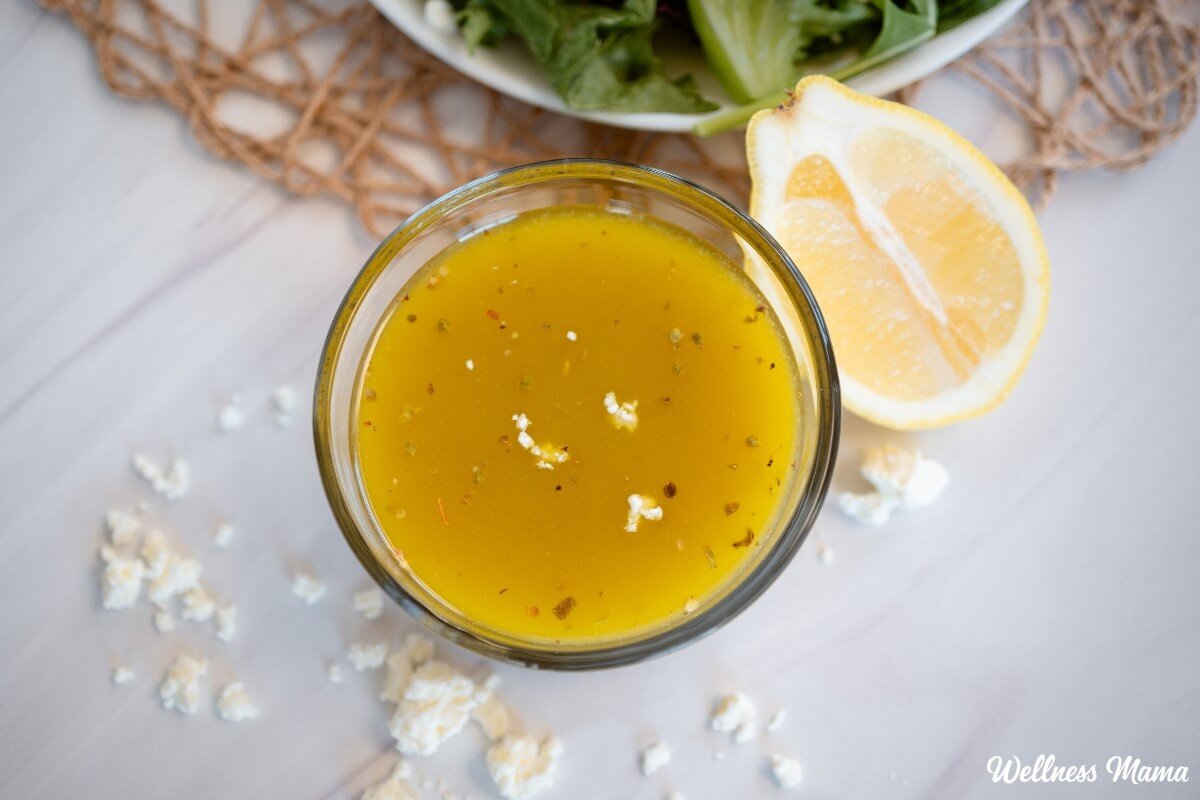
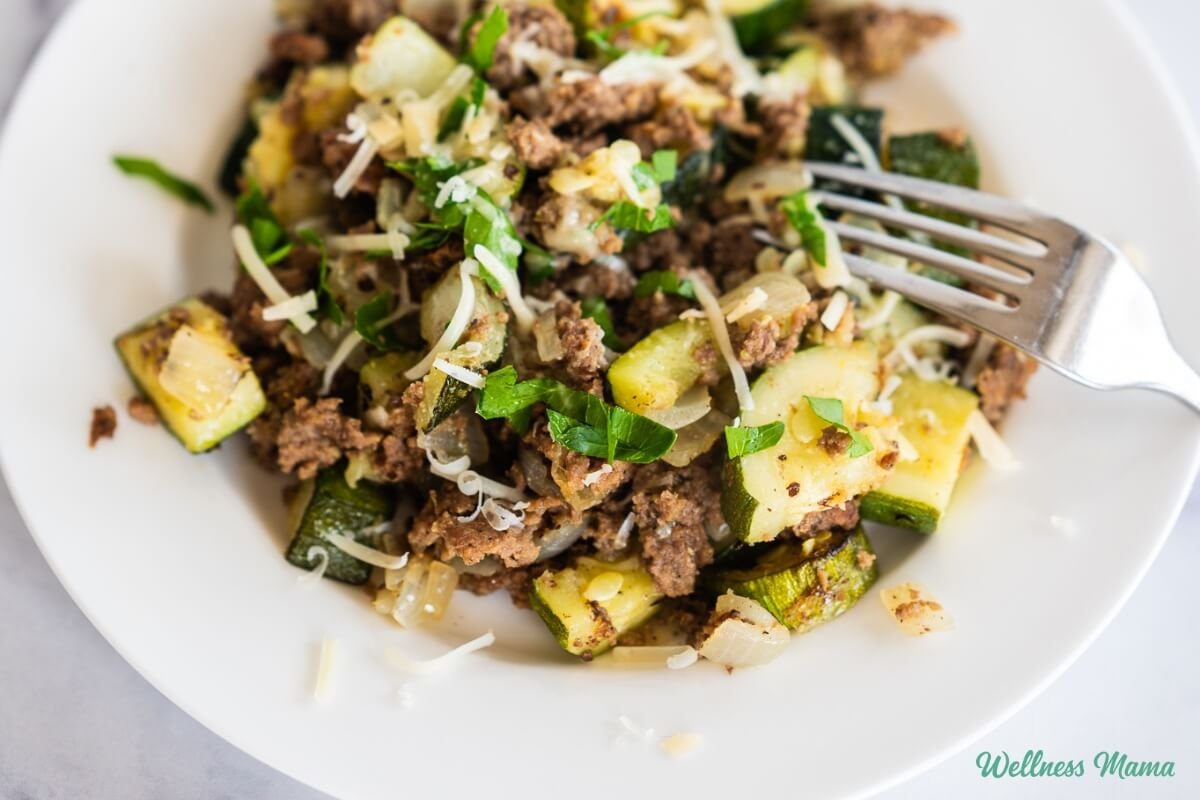
Leave a Reply